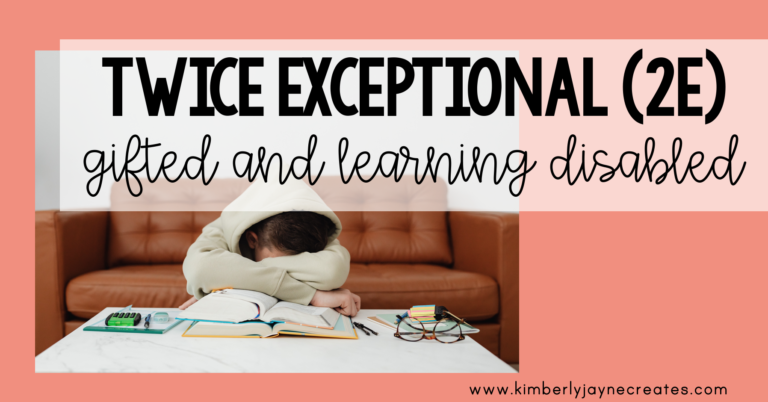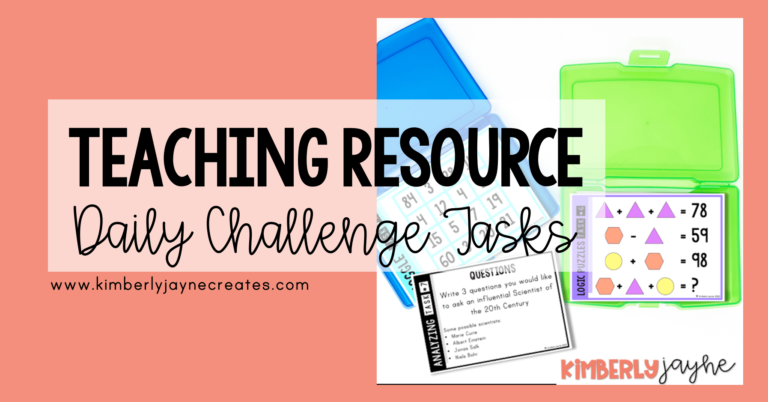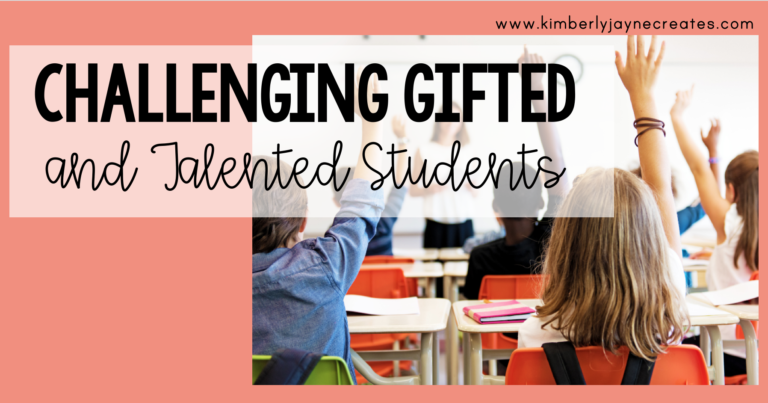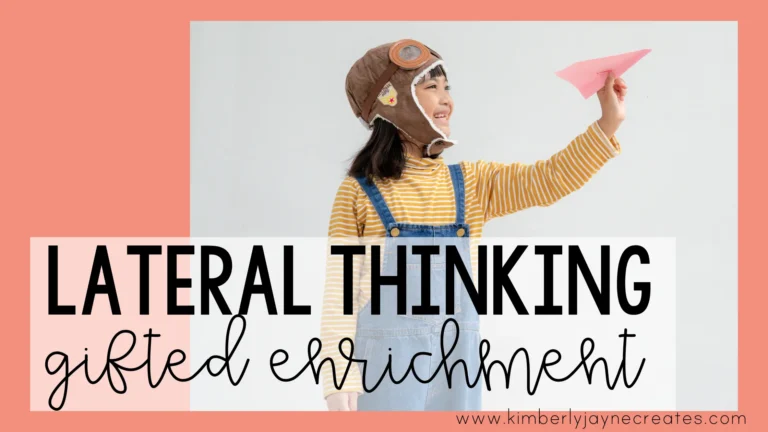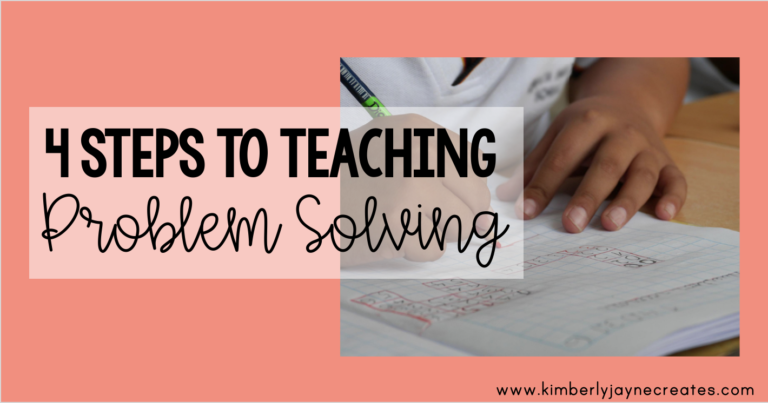The 6 Types of Gifted Student in your Classroom
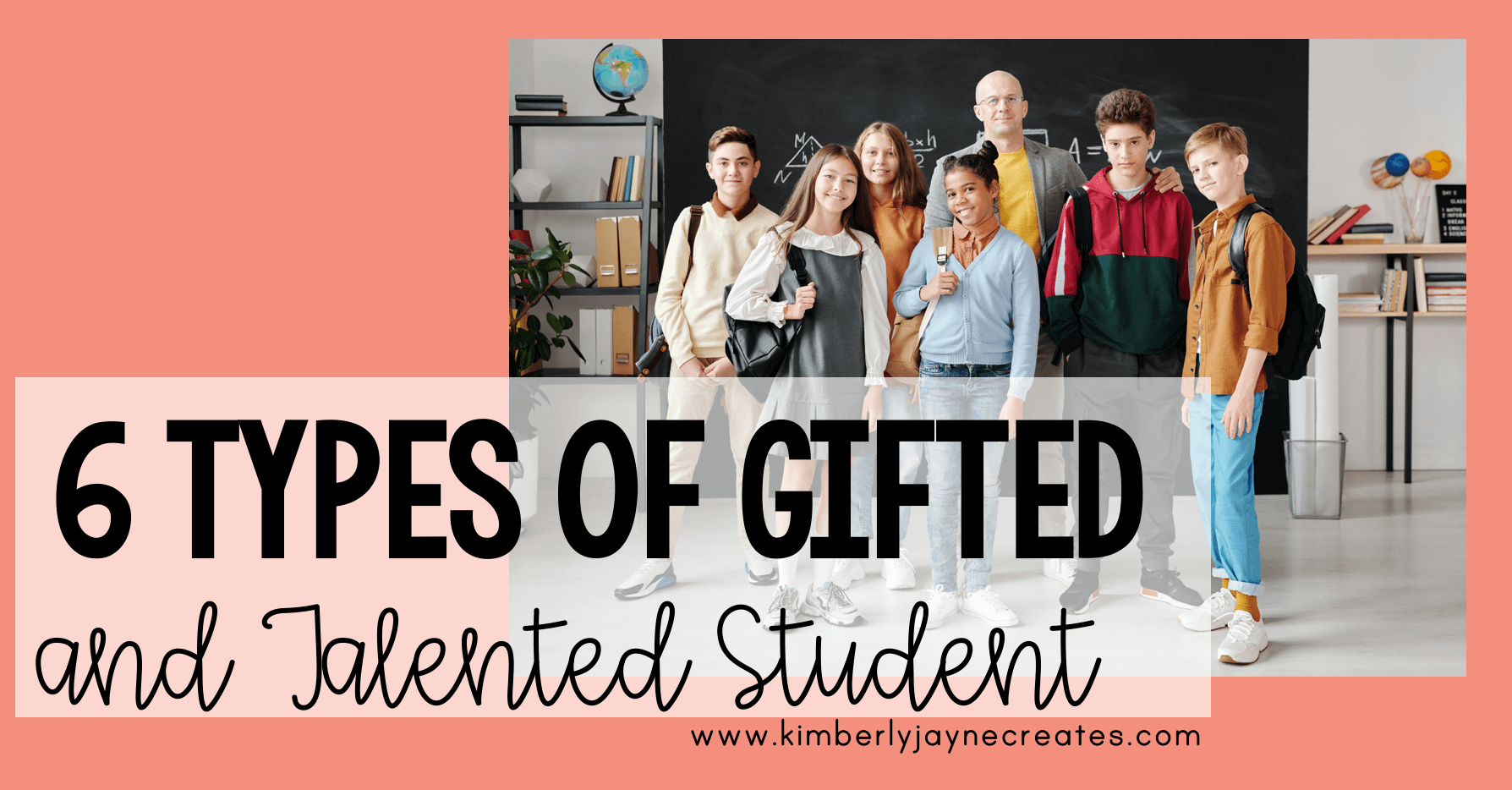
What do you think of when you imagine a gifted and talented student? Does Sheldon Cooper come to mind? The Senate Inquiry (2001) into Gifted Education found that up to half of all gifted learners underachieve with as many as 20% leaving high school before year 12. There are 6 types of gifted student and not all gifted and talented students are quirky geniuses or model students with answers to everything.
George Betts and Maureen Neihart (1988) developed 6 profiles of gifted and talented children. These 2010 revised profiles are: The successful, the creative, the underground, the at-risk, twice exceptional and autonomous. It is important that educators are aware of these profiles so that they can better understand the behaviours and needs of the gifted and talented students in their class.
The Successful
The successful student is good at school and they’re most commonly identified for gifted and talented and extension programs. This is the most commonly know types of gifted student. These students display ‘appropriate behaviours’ most commonly attributed with a gifted student. They follow rules, do their homework, can often be perfectionistic and are eager for approval from teachers and parents. The successful student may be seen as a ‘teacher’s pet’ isolating them from their peers. They score highly on achievement tests and intelligence tests. The successful student often lacks in divergent and creative thinking, and usually fails to go beyond what has been asked of them as they are risk avoidant.
Strategies: The successful student needs to be encouraged to take risks and pushed outside of their comfort zone through the use of daily challenge. They need opportunities to develop their creative thinking skills. They may need grade or subject acceleration.
The Creative
The creative student is a highly creative and divergent thinker. They tend to question authority and feel frustrated and at odds within the traditional school system. The creative student stands up for their convictions. They may struggle with self-esteem. If their abilities are not supported this student may become at-risk.
Strategies: The creative student needs support for creativity and less pressure to conform. They may need strategies for emotional regulation. These students need a teacher who shows tolerance and rewards new thinking. They would benefit from mentorship or coaching outside the classroom.
The Underground
Underground students are those that deny their talents and hide their giftedness. They play down their strengths, often in order to fit in socially. Most often this occurs in girls who are trying to feel a sense of belonging in their social groups. Looking for social acceptance, the underground students may drop out of gifted programs, resist challenges, struggle with insecurity, and allow their grades to decline. Another reason for students who are underground is asynchronous development, meaning that there is a mismatch between cognitive, emotional, and physical development. Teachers who see a deficit in fine motor or social skills may not pick up a student’s giftedness.
Strategies: The underground student needs opportunities to make friends with like-minded peers. They need role models who demonstrate self-understanding and acceptance. They need the freedom to make their own choice and strategies for code switching.
The At-Risk
The at-risk student is often identified late once they have left the schooling system. They may be disruptive in the classroom. These students often have needs that have gone unrecognised and may appear depressed, withdrawn or defensive. They most likely have a low self-esteem. These students thrive on a strong relationship with their teacher. This group of students is most likely to drop out of school.
Strategies: The at-risk student needs safety and structure. They may need an ‘alternative’ environment. Teachers need to provide direction and short-term goals whilst maintaining. their high expectations and promoting resilience. They will most likely need counselling. This student needs aggressive advocacy. The words of Rita Pierson apply utmost to this student.
“Every child deserves a champion-an adult who will never give up on them. Who understands the power of connection, and insists that they become the best that they can possibly be.”
Rita Pierson
Twice Exceptional
Twice exceptional students are also known as multi exceptional, dual labelled or double labelled. These students have a physical or learning disability or difficulty alongside their giftedness. The disability or learning difficulty can often mask the student’s giftedness and simultaneously the giftedness may overwhelm their disability or difficulty and the student goes unidentified. Therefore these students can be easily ignored as they appear average. Schools may mistakenly focus of the students’ weakness and fail to nurture their strengths.
Strategies: The twice exceptional student needs a strengths-based approach. They will need accommodations for their disability or learning difficulty that support them to succeed, but challenge in their area/s of strength should be the first priority. Twice exceptional students’ needs to be taught skills for self-advocacy. They will need to be explicitly taught skills and strategies in self-regulation.
The Autonomous
The autonomous learner is much like the successful students, however they are more likely to push boundaries that successful students don’t. These students are strong leaders, creative thinker’s and seek opportunities that are aligned with their interest. They learn to work effectively within the school system, so that they make the system work for them. They are usually liked by both teachers and peers. The autonomous student is goal oriented, takes risks and seeks challenges. They often demonstrate highs self-esteem.
Strategies: The autonomous learner still needs support from their teacher. They need feedback about their strengths and facilitation of continued growth. These students need support for risk-taking activities. They need accommodations for time and space within their allocated assignments. They will undoubtedly benefit from older mentors. Autonomous learners need teachers to remove barriers so that they are able to achieve beyond the ‘ceiling’ or beyond the ‘A’.
Applying the Profiles of the 6 Types of Gifted Student
- You can use these profiles to:
- Help identify the gifted students in your class.
- Debunk myths about gifted students
- Provide your students with opportunities for daily challenge
- Plan effective challenge and accommodations for each type of gifted students in your class.
Finding and supporting the gifted students in your class can take some work, but hopefully now you can see that they are not always the compliant student who does well on tests. For a printable matrix of the common behaviours exhibited by each of the 6 types of gifted students you can click here.
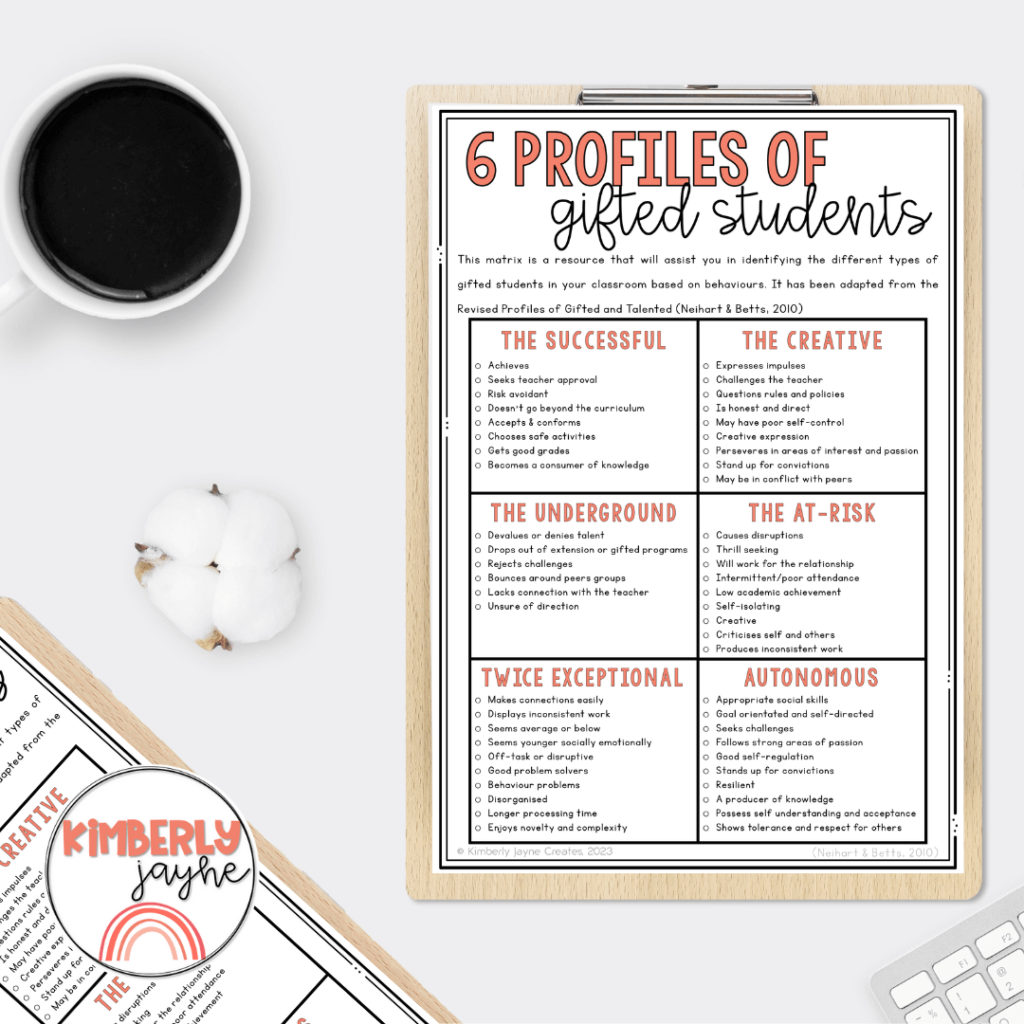
References
Betts, George & Neihart, Maureen. (1988). Profiles of the Gifted and Talented. Gifted Child Quarterly – GIFTED CHILD QUART. 32. 248-253. 10.1177/001698628803200202.
The updated 2010 matrix of Profiles and recommendations is available online.
